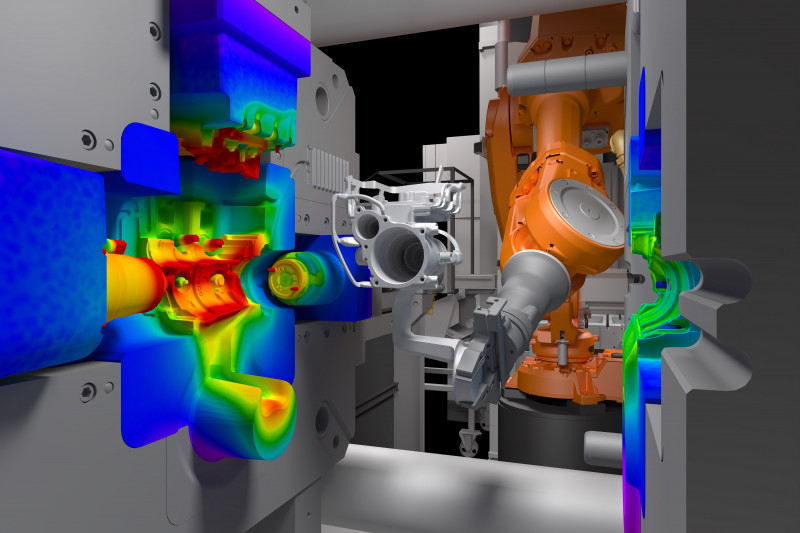Creating a die casting mold is a complex process that requires precision and expertise. Die casting molds are used in the production of metal parts and components, and they must be designed and manufactured to ensure accuracy, consistency, and durability.
The following is a comprehensive guide to creating a die casting mold, including the steps involved, the materials used, and the considerations that must be taken into account.
Step 1: Design
The first step in creating a die casting mold is to design the mold itself. This involves determining the size and shape of the mold, as well as the materials that will be used in its construction. The design must also take into account the specific requirements of the part or component that will be produced, such as its size, shape, and tolerance levels.
Step 2: Fabrication
Once the design has been finalized, the next step is to fabricate the die casting mold itself. This involves using computer-aided design (CAD) software to create a 3D model of the mold, which is then used to guide the fabrication process. The mold is typically made from hardened steel or aluminum, which must be shaped and machined to exact specifications.
Step 3: Testing
After the mold has been fabricated, it must be tested to ensure that it meets the required specifications. This involves running a series of test casts using the mold, and analyzing the resulting parts to ensure that they meet the necessary quality standards. Any issues or defects must be identified and addressed before the mold is approved for use.

Step 4: Production
Once the mold has been tested and approved, it can be used in the production of metal parts and components. The mold is loaded into a die casting machine, which injects molten metal into the mold cavity under high pressure. The metal cools and solidifies within the mold, forming the desired part or component.
Considerations
Creating a die casting mold is a complex process that requires careful consideration of a number of factors. Some of the key considerations include:
– Material selection: The materials used in the mold must be durable and able to withstand the high temperatures and pressures involved in the die casting process.
– Mold design: The mold must be designed to meet the specific requirements of the part or component that will be produced, while also taking into account factors such as cooling time and ejection force.
– Tolerance levels: The mold must be designed and fabricated to ensure that it can produce parts and components with the required tolerance levels.
In conclusion, creating a die casting mold is a complex process that requires careful attention to detail and expertise in a number of different areas. By following the steps outlined above and taking into account the various considerations involved, it is possible to create a mold that is accurate, consistent, and durable, and that can be used to produce high-quality metal parts and components.
-

- Slitina hořčíku Thixomolding pouzdro na šlehač
-

- Slitina hořčíku Tixomulační díly pro skříň stroje na odsávání kyslíku
-

- Slitina hořčíku Thixomolding pouzdro na šlehač
-

- Zakázkové slévárenské produkty komponenty elektrokol kola z hořčíkové slitiny
-

- Magnesium alloy die-casting LED display frame
-

- Customized die-casting parts&components

 0086-750-5616188
0086-750-5616188 +86 13392089688
+86 13392089688 sales@zhongmei-tech.com
sales@zhongmei-tech.com







